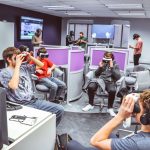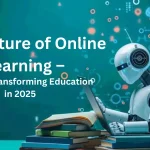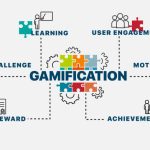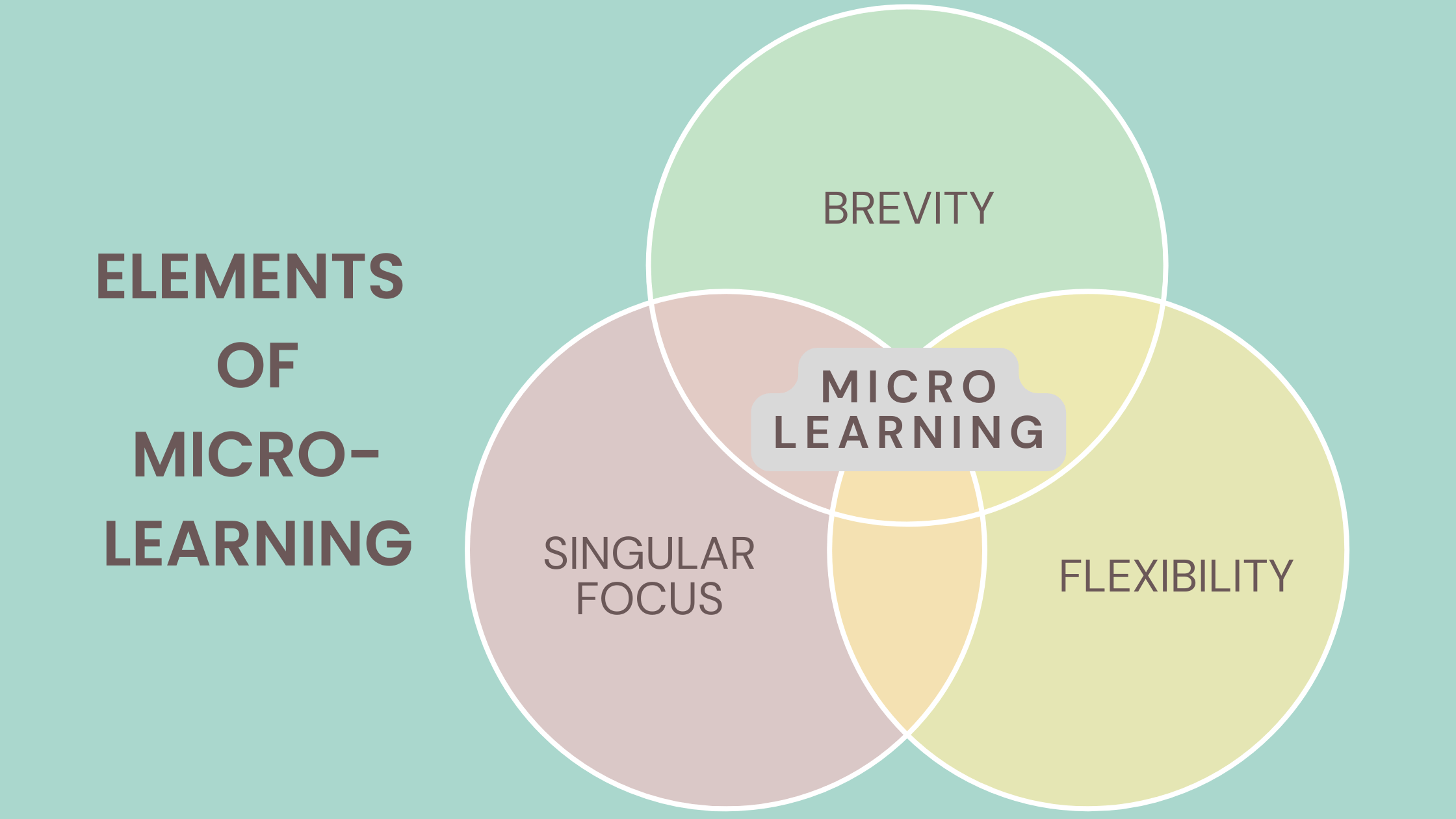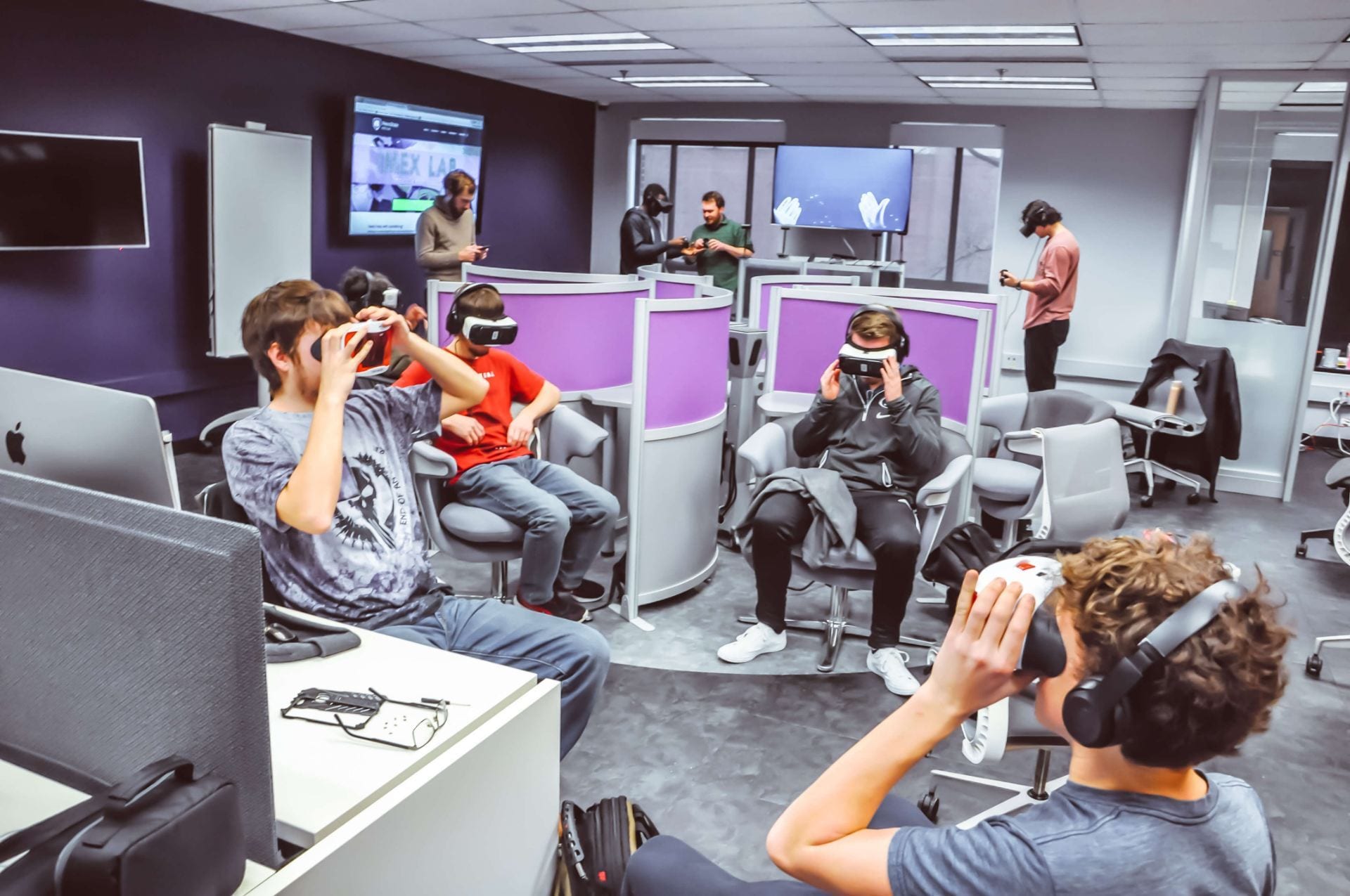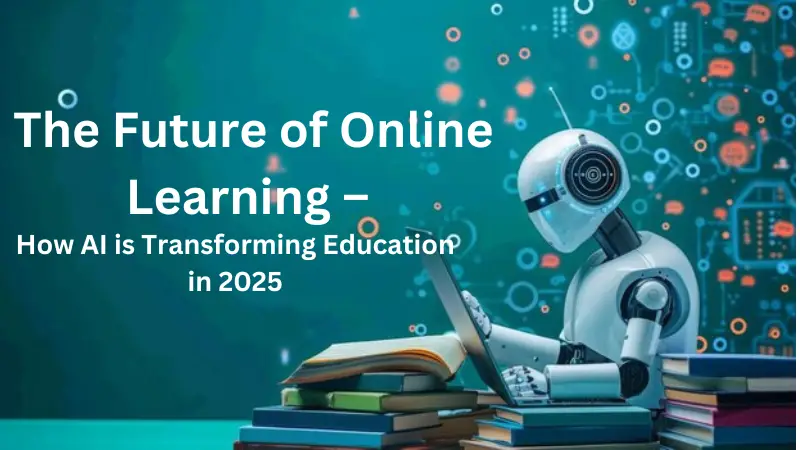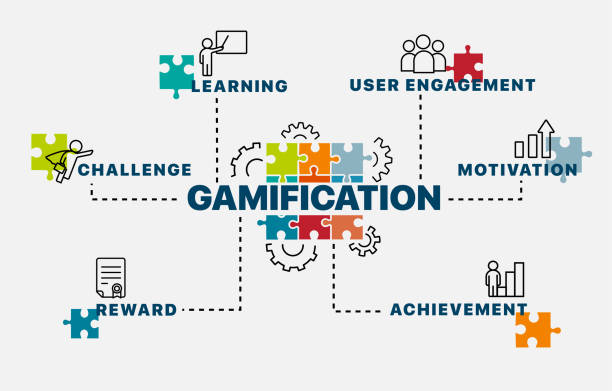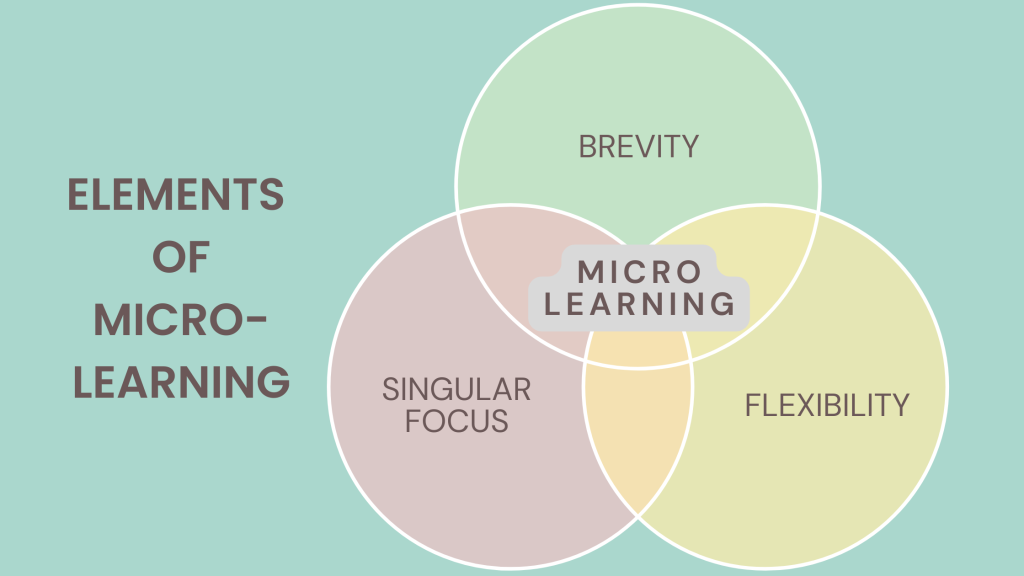
📌 Introduction: Can Shorter Lessons Make Learning Better?
We live in an age of shrinking attention spans. Students and professionals alike are overwhelmed by information overload, distractions, and tight schedules. Enter microlearning—a powerful approach to education that breaks content into short, focused bursts, designed to deliver maximum value in minimum time.
Imagine learning history through a 3-minute podcast, or mastering a math concept in a quick animated video — that’s microlearning in action.
🧠 1. What Is Microlearning?
Microlearning is a method of delivering content in small, digestible segments, usually 2–10 minutes long. It focuses on:
- A single learning objective
- Fast delivery
- Easy accessibility
- Multimedia formats
It’s the opposite of long lectures or dense textbook chapters. Microlearning is agile, interactive, and learner-centered.
🧪 2. Why Microlearning Works: The Science Behind It
🧠 A. Cognitive Load Theory
Our brains can only handle so much information at once. Microlearning aligns with how the brain processes and retains information more effectively.
🌀 B. Spaced Repetition
Delivering content in small units and revisiting them at spaced intervals improves long-term memory retention.
📉 C. Attention Span Compatibility
Studies show the average adult’s attention span is about 8 seconds. Microlearning keeps lessons short, engaging, and to the point — no room for zoning out.

🎯 3. Where Is Microlearning Being Used?
🏫 In Schools
- Daily 5-minute math problems
- Science videos with quick quizzes
- Interactive grammar apps
Example: Duolingo uses microlessons to teach languages via fun, fast challenges.
🧑🏫 In Teacher Training
- Mini-modules for upskilling
- Bite-sized content on pedagogy, tech tools, and classroom strategies
👨💼 In Corporate Training
- Onboarding modules
- Compliance refreshers
- Just-in-time learning via mobile apps
Example: IBM and Deloitte use microlearning to upskill employees without disrupting workflow.
🎓 In Higher Education
- Lecture series broken into small video segments
- Flashcard apps and quick recaps before exams
📲 4. Types of Microlearning Content
| Format | Description | Example Tools |
|---|---|---|
| 🎬 Short Videos | Concept explanations in 2–5 minutes | YouTube, Edpuzzle |
| 🎧 Audio Clips | Micro-podcasts, language pronunciation drills | Anchor, Spotify EDU |
| 🧠 Flashcards | Memory boosters, vocab practice | Quizlet, Anki |
| 📝 Infographics | Visual summaries of complex ideas | Canva, Venngage |
| 🕹️ Interactive Quizzes | Self-testing and instant feedback | Kahoot!, Quizizz |
| 📱 Mobile Apps | Learning on-the-go | Duolingo, Coursera |
💡 5. Benefits of Microlearning
✅ A. Flexibility
Learn anytime, anywhere — perfect for mobile learning or quick refreshers.
✅ B. Better Engagement
Shorter content keeps learners focused and energized.
✅ C. Higher Retention
Microlearning boosts retention by avoiding overload and using repetition.
✅ D. Cost-Effective
Requires fewer resources to produce and can be updated easily.
✅ E. Personalized Learning
Learners can choose what they need to learn based on goals or gaps.
⚠️ 6. Limitations of Microlearning
While microlearning is powerful, it’s not a silver bullet.
❌ Lack of Depth
Not suitable for teaching complex topics that require exploration and analysis.
❌ Fragmentation
Too many disconnected lessons can lead to conceptual confusion.
❌ Dependency on Tech
Requires access to devices, apps, and internet, which may not be universally available.
🧩 7. Best Practices for Designing Microlearning
To make microlearning truly effective, content creators and educators should:
- Focus on one objective per module
- Use visuals and multimedia to enhance engagement
- Keep it short — ideally under 7 minutes
- Incorporate interactivity (quizzes, challenges)
- Offer personalization and on-demand access
- Test for understanding with short assessments
- Connect modules logically in a larger curriculum map
🔮 8. The Future of Microlearning
As attention economy grows and learners seek fast, flexible solutions, microlearning will:
- Be integrated into learning management systems (LMS)
- Fuel AI-driven education platforms
- Power lifelong learning for all ages
- Support just-in-time learning for specific tasks or problems
- Be combined with VR/AR for immersive microexperiences

✅ Conclusion: Small Lessons. Big Impact.
Microlearning isn’t just a trend — it’s a reflection of how modern learners consume, retain, and apply knowledge.
Whether it’s a student brushing up for a test, a professional learning compliance rules, or a teacher upskilling in pedagogy, short bursts of focused learning can yield long-lasting educational transformation.
The bite-sized revolution is here — and it’s reshaping how we teach and learn in powerful ways.



